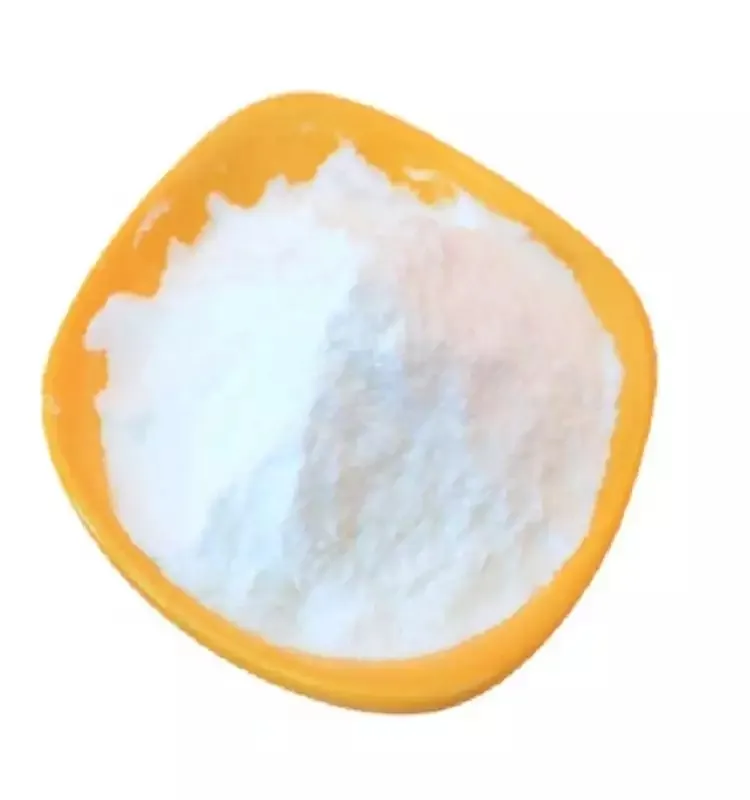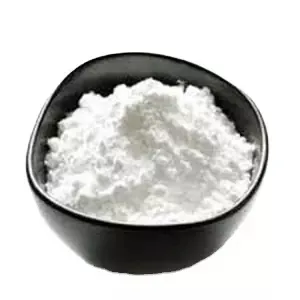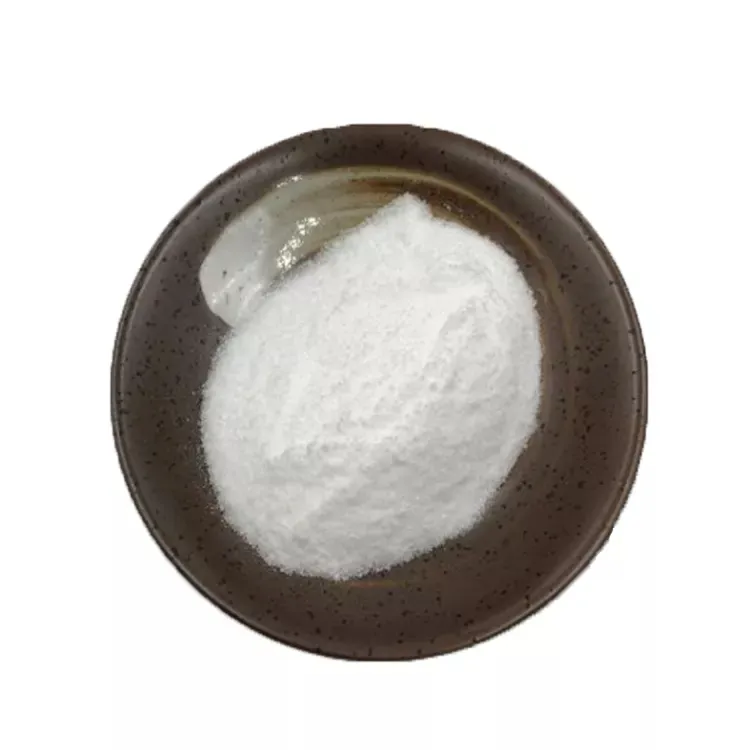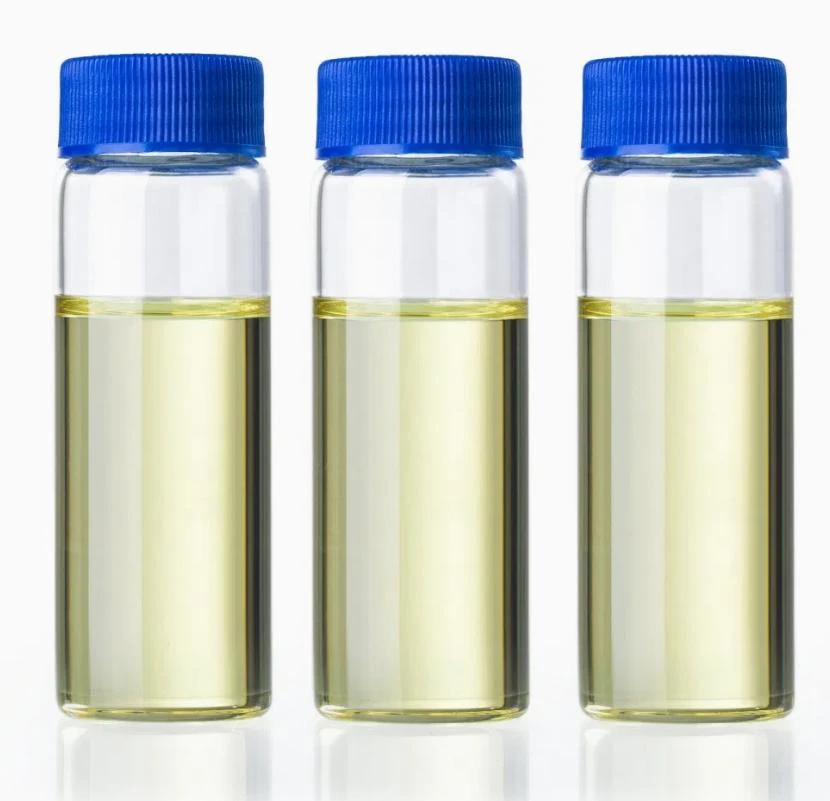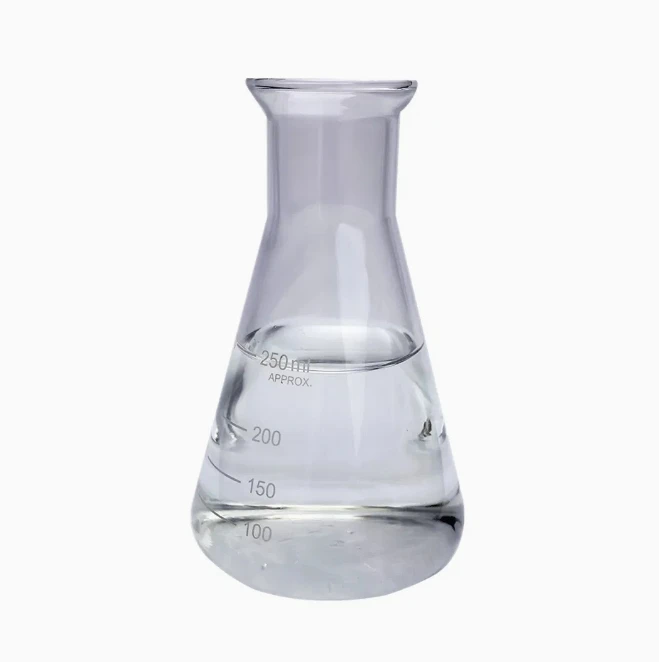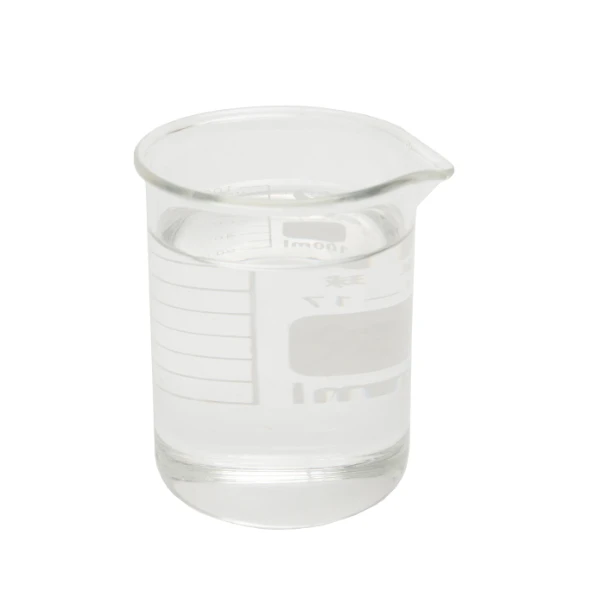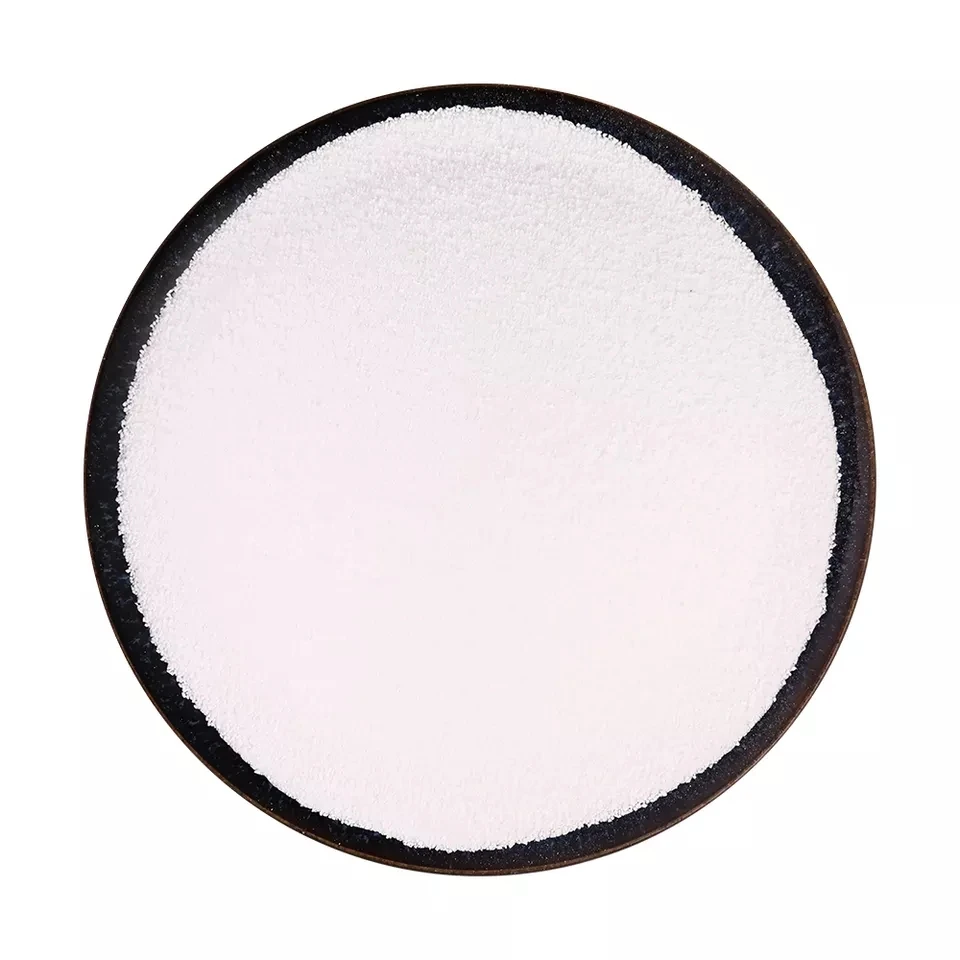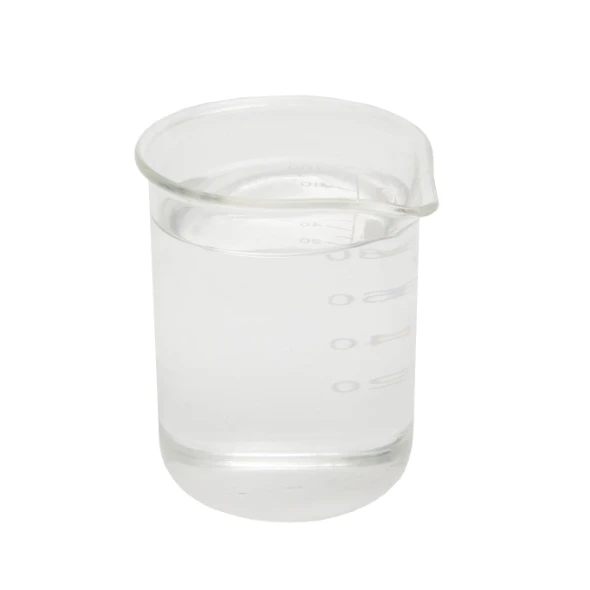Warning: Undefined array key "file" in /home/www/wwwroot/HTML/www.exportstart.com/wp-content/themes/1198/header.php on line 7
Warning: Undefined array key "title" in /home/www/wwwroot/HTML/www.exportstart.com/wp-content/themes/1198/header.php on line 7
Warning: Undefined array key "title" in /home/www/wwwroot/HTML/www.exportstart.com/wp-content/themes/1198/header.php on line 7
- ʻApelika
- Alapania
- Amahapika
- Apapika
- Ameniana
- Azerbaijani
- Pōkē
- ʻŌlelo Belarusa
- Penekali
- Ponia
- Pukalia
- ʻŌlelo Katalonia
- Cebuano
- Kina
- Kina (Taiwan)
- ʻŌlelo Kokia
- Koalia
- Keka
- Kenemaka
- Hōlani
- Pelekania
- ʻŌlelo Esperanto
- Ekekonia
- Pinilana
- Palani
- Frisian
- Kalikia
- Keokia
- Alemania
- Helene
- Kuhalaki
- ʻŌlelo Haiki
- Hauka
- ʻŌlelo Hawaiʻi
- Hepela
- ʻAʻole
- Miao
- Hunakalia
- ʻĀinahau
- igbo
- ʻInikonia
- Ipelana
- Ikalia
- Kepanī
- Kawanī
- Kanākā
- ʻŌlelo Kazaka
- Khmer
- Rwandan
- Kolea
- ʻŌlelo Kurdish
- ʻŌlelo Kyrgyz
- TB
- ʻŌlelo Lākni
- Lakiwiana
- ʻŌlelo Lituania
- ʻŌlelo Lukemapuka
- Makekoni
- Malgashi
- Mālei
- Mālealama
- Malkī
- ʻŌlelo Māori
- Malapi
- ʻŌlelo Monokolia
- Maianamara
- Nepali
- Nolewai
- Nolewai
- ʻOkitana
- ʻŌlelo Pashto
- Pelekia
- Pōlani
- Pukikī
- ʻŌlelo Punajabi
- Lomānia
- Lukia
- Sāmoa
- Gaelika Sekotia
- ʻŌlelo Serbia
- Pelekania
- Shona
- Kiniki
- Sinhala
- Kolowakia
- Kolewenia
- ʻŌlelo Somalia
- Kepania
- ʻōlelo Sunda
- Kawahili
- Kuekene
- Kakalo
- Tajika
- Kamili
- Tatar
- Keluku
- Kailani
- Tureke
- ʻŌlelo Kuleke
- Ukrainian
- Urdu
- Uighur
- ʻUzbek
- Vietnamese
- Welsh
- Kokua
- Yiddish
- Yoruba
- Zulu
Sodium Alginate Powder
Sodium alginate has stability, heritability, and gelation properties, so it's widely used to place starch, and gelatin as the stabilizer of ice cream, beverages, and many dairy products. If it's added to salad dressing, pudding, jam, tomato paste, and canned foods, it tends to improve the stability of products and reduce fluid. We can add sodium alginate in the dry noodles, vermin exudation celli, rice vermicelli, and bread which can improve the product's group cohesiveness, make the tension strong, and reduce the breakage. The effect is more apparent for flour with low gluten content and the storage time will be extended.
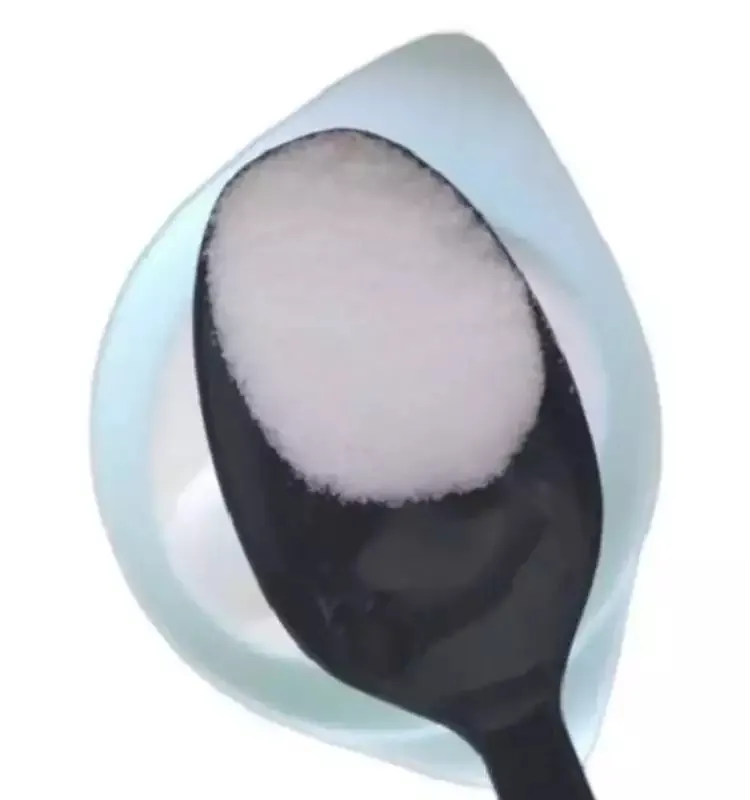



In printing and textile industry sodium alginate has been a long history since sodium alginate was used in starching , packing and printing. In printing, it is the good material with wide use in the cotton, wool, silk and synthetic fibre. Especially since the reactive dye was found in the world, there has been many years' history of application. There is no other gelatinigation which can compare beauty with it by so far. Sodium alginate can't react with the reactive dye or form covalent bond as result of having second hydroxyl in its structure without the origin hydroxyl, and meanwhile having strong cathodic carboxyl in its organization. This is its great property. Therefore, it not only does not absorb the dyestuff but also excludes it. It is easy to move the dyestuff from the gelatinigation to the firbre which benefits keeping clearness and uniformity of the printing. Therefore the printing is clear, vivid, high in the dyeing quantity and has good handle and firm degree at the same time. The products of medium and low viscosity are suitable for the printing requirements of net, roll style and handwork printing. It has the flowing property of the pseudoplastic fluid, which means that it will turn watery when being cut and restore the original viscidity after losing being cut. This fits for fine printing, full ground printing and wet printing. It can make products with the features of thin line, clear profile and good uniformity.
Loaʻa iā mākou nā hale hana kiʻekiʻe me ka pilina hohonu, hiki iā ia ke hāʻawi iā ʻoe i nā huahana kiʻekiʻe a me nā kumukūʻai hoʻokūkū. A hiki iā mākou ke hāʻawi i nā uku no nā kūʻai nui. A ke hui pū nei mākou me nā ʻoihana lawe ukana ʻoihana he nui, hiki ke hāʻawi i nā huahana me ka palekana a me ka maʻalahi i kou mau lima. ʻO ka manawa hoʻouna ma kahi o 3-20 mau lā ma hope o ka hōʻoia ʻana o ka uku.




| Items | Nā kikoʻī | Test result | |
| Mesh size | As demand | 98% PASS 80MESH | |
| Sulfate(SO4) | Max 0.5% | <0.5% | |
| Assay % | 90.8%-106% | 99% | |
| Passivc in watre(Dry mass) | Max 2% | <1% | |
| Phosphate(P205) | Max 0.1% | <0.1% | |
| Calcium (Ca) | MAX 0.5% | 0.2% | |
| Loss on drying (105ºC,4h) % | 0-15% | 12.6 | |
| Ash % | 18%-24% | 22.4 | |
| Arsenic PPM | 2ppm MAX | <1.5 | |
| LEAD PPM | 2ppmMAX | <2 | |
| Mercury(HG) | MAX 1ppm | <1 | |
| Cadmium(CD) | Max 1ppm | <1 | |
| Viscosity (20ºC), | 1% SOL'N cps | 300-400 | 330 |
| Total plate count PC/G(Germ quantity) | <5000 | <1000 | |
| Yeast and mould PC/G | <500 | <200 | |
| E.COLI | N/5g | Absent | |
| Salmonelia | N/10g | Absent | |

1. He hale hana ʻoe a he hui kālepa paha?
He compnay mākou e hoʻohui i ka ʻoihana a me ke kālepa, e hāʻawi ana i ka lawelawe hoʻokahi. Hiki ke ʻae ʻia ʻo OEM.
2. Hāʻawi anei ʻoe i nā laʻana? He manuahi a keu paha?
Free samples.The sample's freight fee Pono e uku ma kou aoao.
3. Loaʻa iā ʻoe nā palapala hōʻoia e pili ana i ka mana maikaʻi?
ISO 9001: 2008 palapala hōʻoia e hōʻoia i ka maikaʻi.
4. He aha kaʻu e hāʻawi ai e kiʻi i kahi ʻōlelo?
E haʻi mai ʻo Pls iā mākou i ke ʻano huahana āu e pono ai, ka nui o ke kauoha, ka helu a me nā koi kikoʻī. E hana ʻia ka ʻōlelo no kāu kuhikuhi i ka manawa.
5. He aha ke ʻano o ka uku uku āu e makemake ai? He aha ke ʻano o nā ʻōlelo i ʻae ʻia?
ʻAe ʻia nā ʻōlelo hoʻouna: FOB, CFR, CIF, EXW;
ʻAe ʻia ke kālā uku:USD;
Accepted Payment Type: T/T,Western Union; Paypal,BTC
ʻŌlelo i ʻōlelo ʻia: English.
Māhele huahana
-
 May . 13, 20252025 European Fine Chemicals Exhibition in GermanyThe much-anticipated Fine Chemicals Europe 2025 will be held in Germany from June 4 to 5, 2025. The event will bring together industry leaders, innovators and stakeholders in the fine chemicals sector, providing a unique platform for networking, collaboration and showcasing the latest advances in the field.
May . 13, 20252025 European Fine Chemicals Exhibition in GermanyThe much-anticipated Fine Chemicals Europe 2025 will be held in Germany from June 4 to 5, 2025. The event will bring together industry leaders, innovators and stakeholders in the fine chemicals sector, providing a unique platform for networking, collaboration and showcasing the latest advances in the field. -
 May . 07, 20252025 New York Cosmetics Ingredients ExhibitionThe much-anticipated 2025 Cosmetics Ingredients New York will be held at the Javits Center in New York from June 3 to 4, 2025. This event will bring together industry leaders, innovators and enthusiasts from all over the world to discuss the latest trends and advances in the field of cosmetic ingredients.
May . 07, 20252025 New York Cosmetics Ingredients ExhibitionThe much-anticipated 2025 Cosmetics Ingredients New York will be held at the Javits Center in New York from June 3 to 4, 2025. This event will bring together industry leaders, innovators and enthusiasts from all over the world to discuss the latest trends and advances in the field of cosmetic ingredients. -
 Apr . 27, 2025Zibo will host the 2025 International Chemical ExpoZibo, a city known for its thriving chemical industry, will host the 2025 Zibo International Chemical Expo from May 16 to May 18, 2025. This highly anticipated event aims to bring together industry leaders, innovators and stakeholders from around the world to explore the latest advancements and trends in the chemical industry.
Apr . 27, 2025Zibo will host the 2025 International Chemical ExpoZibo, a city known for its thriving chemical industry, will host the 2025 Zibo International Chemical Expo from May 16 to May 18, 2025. This highly anticipated event aims to bring together industry leaders, innovators and stakeholders from around the world to explore the latest advancements and trends in the chemical industry.


